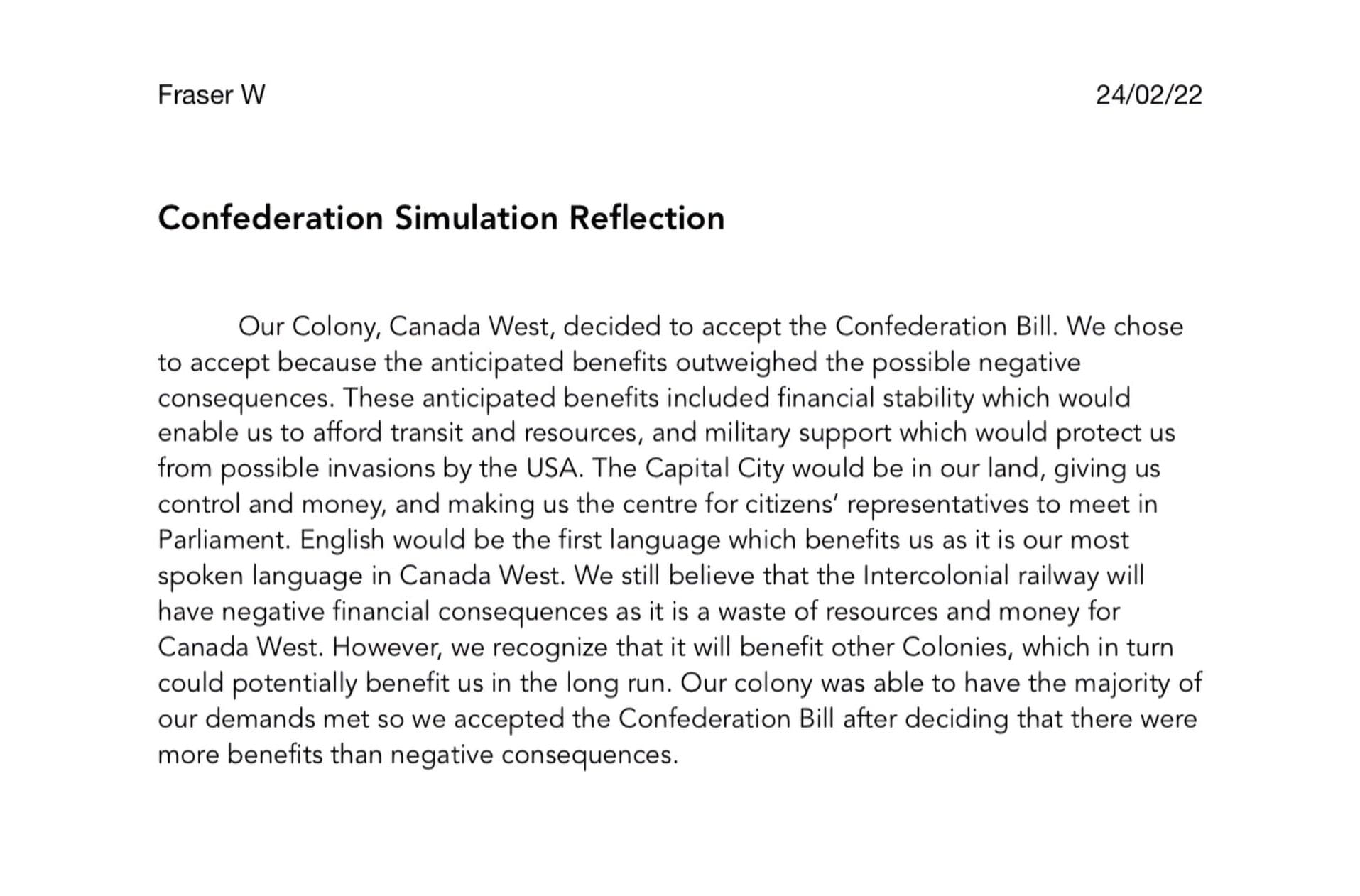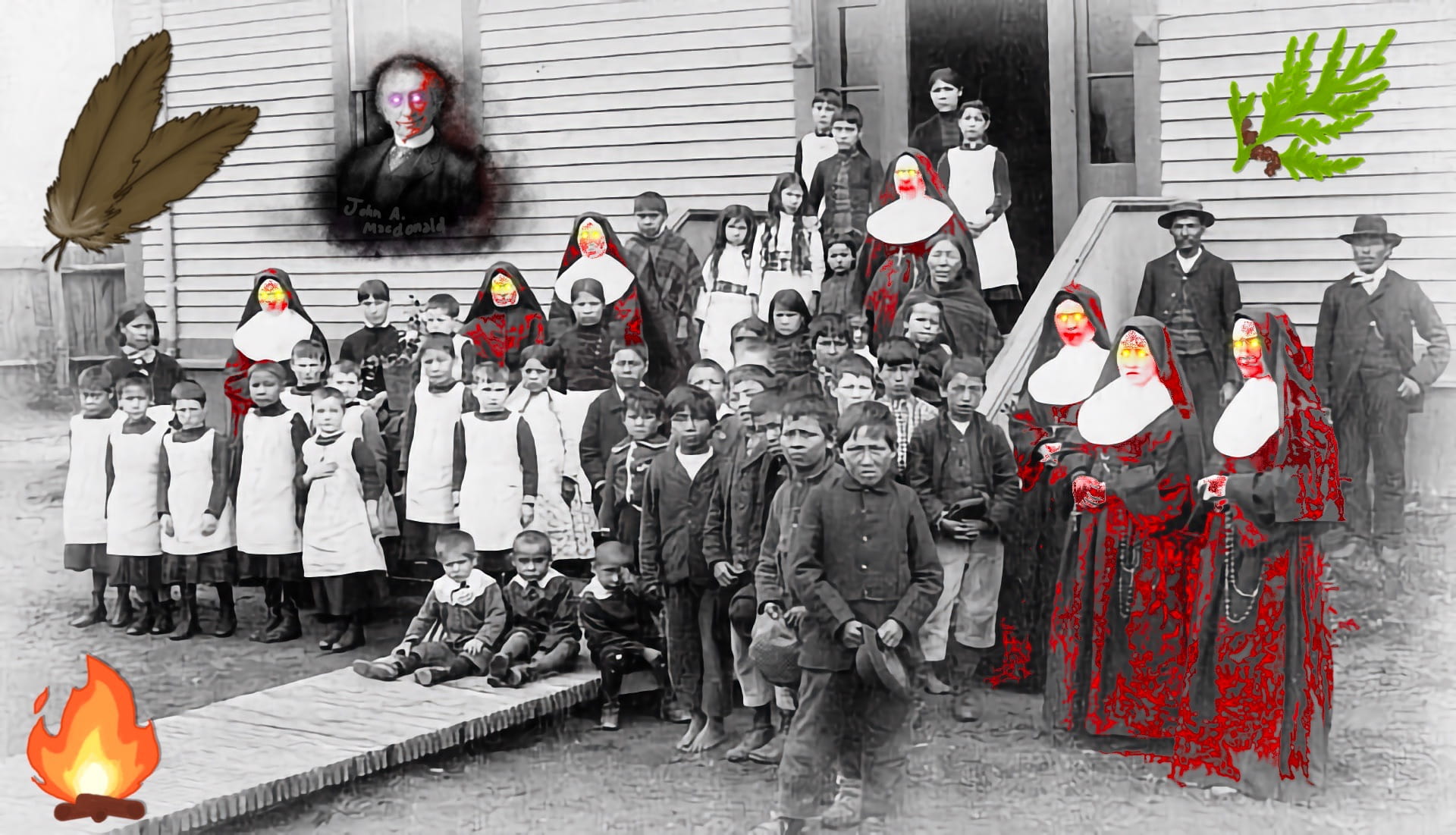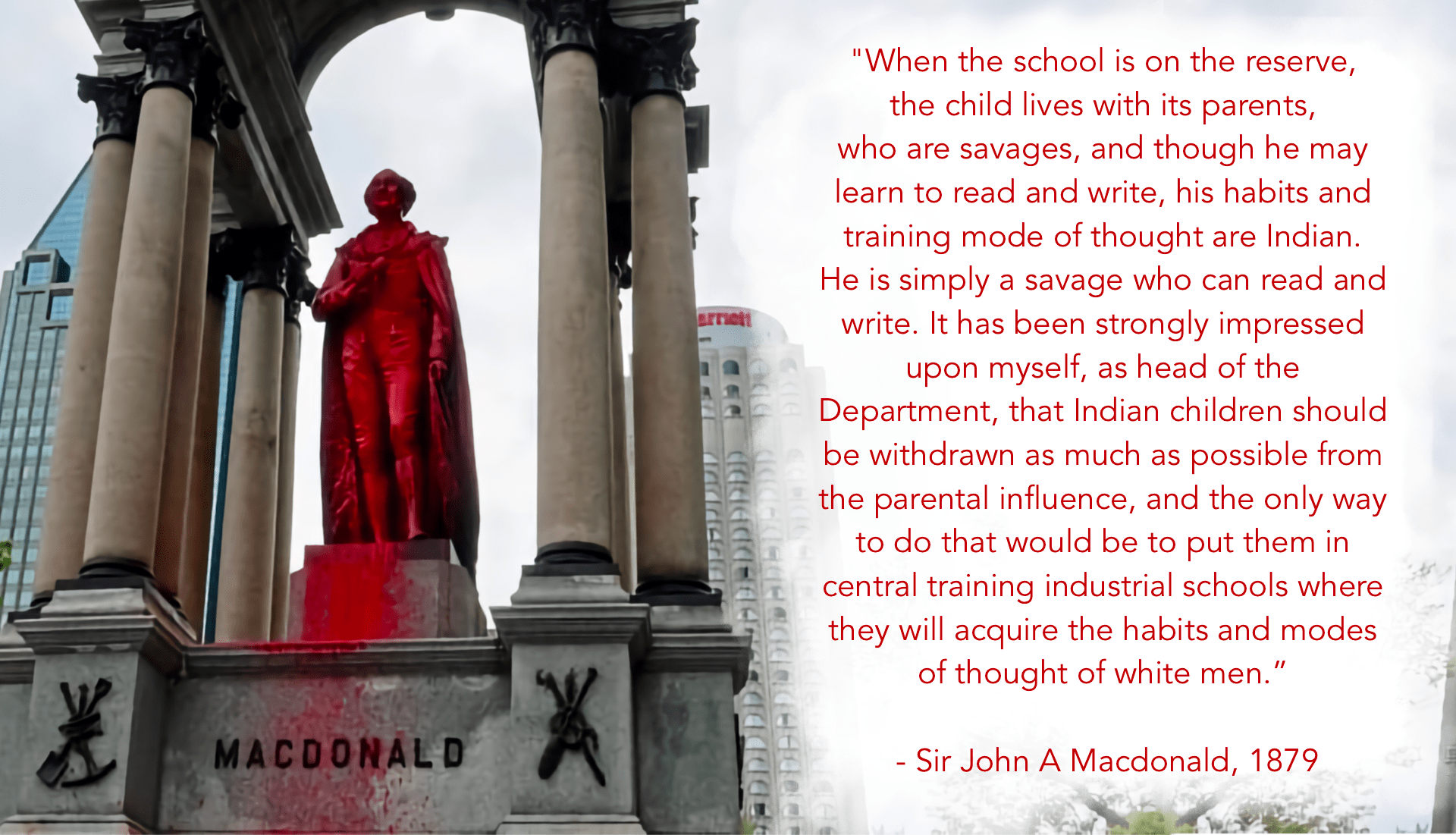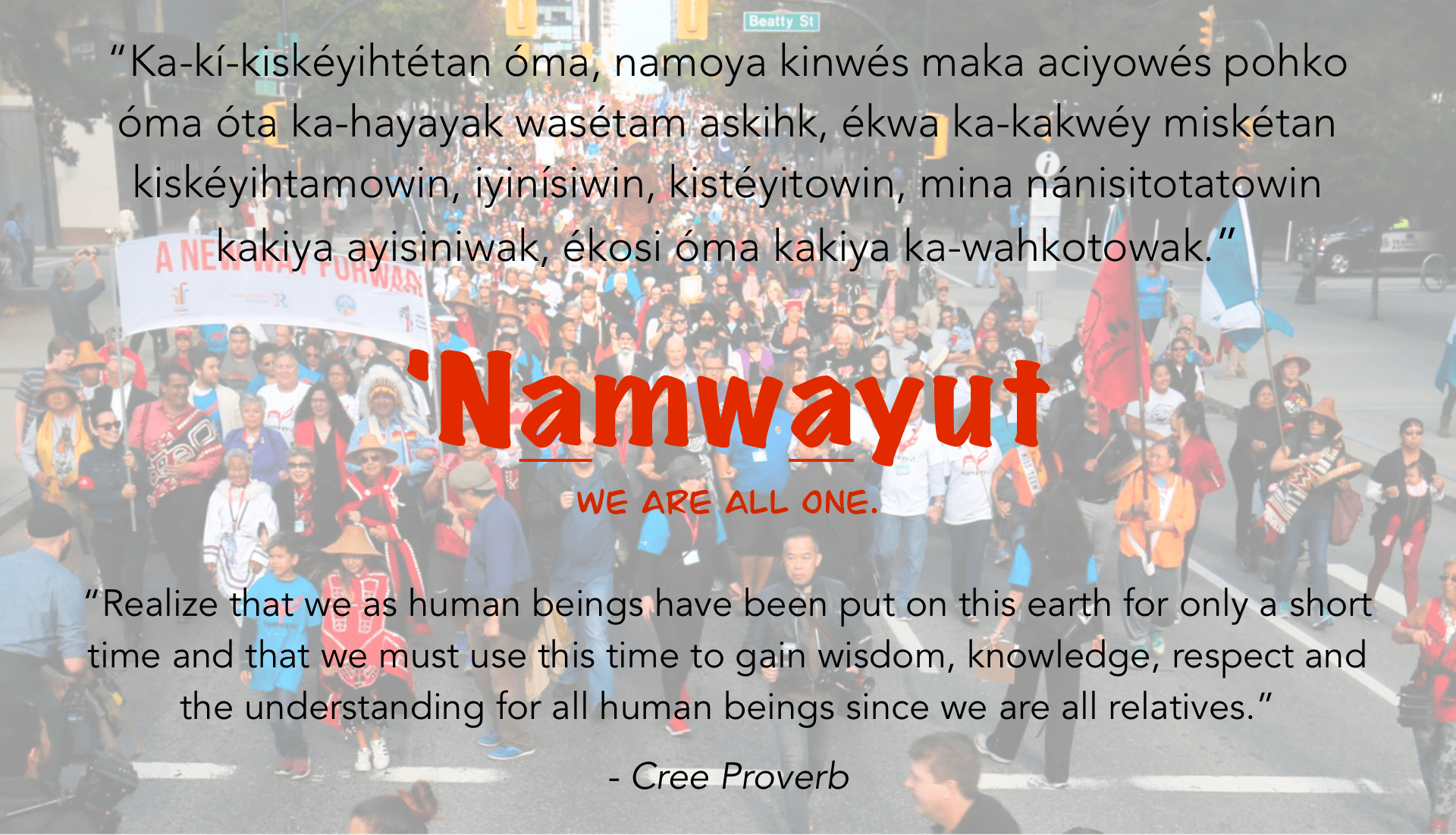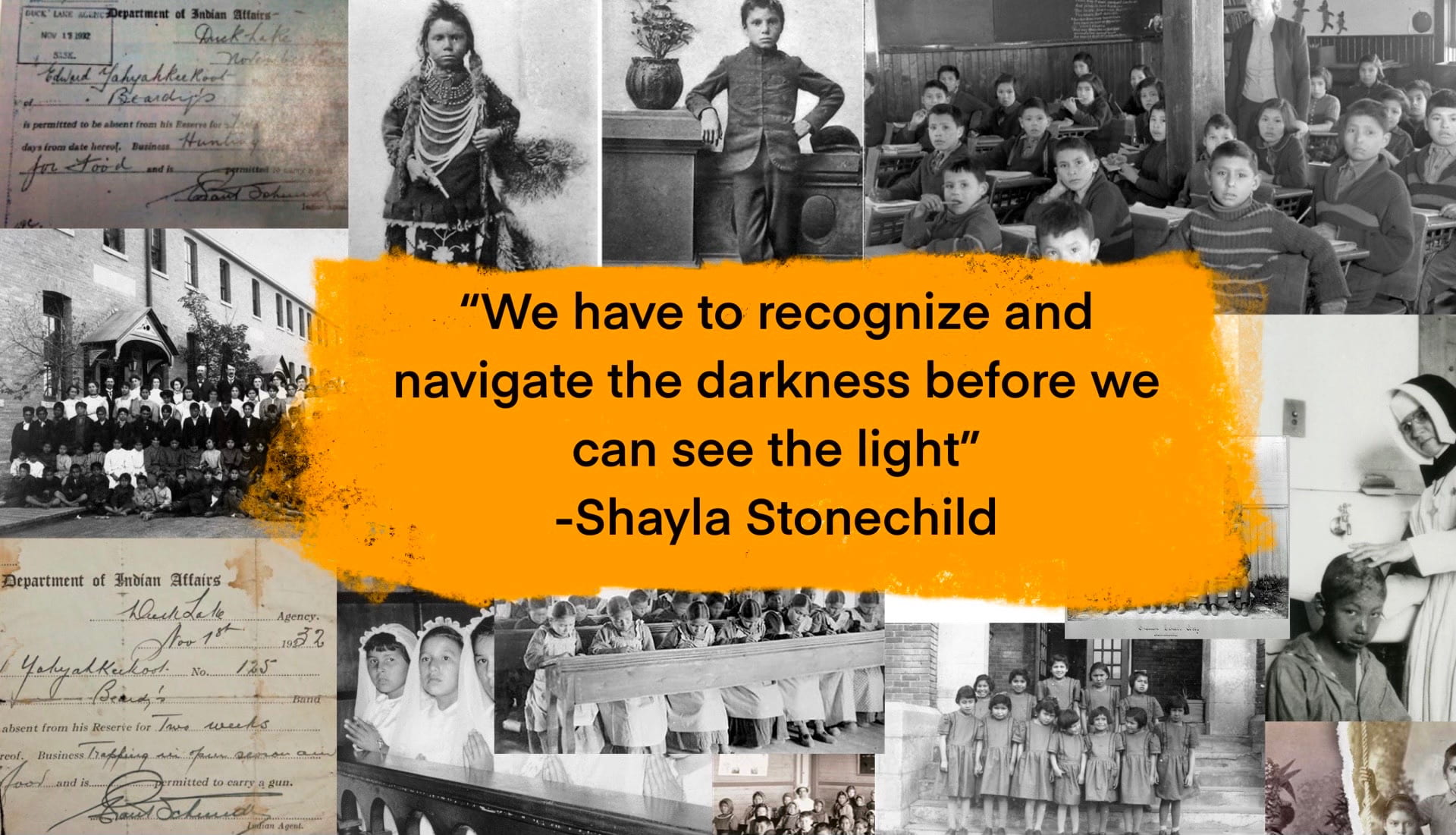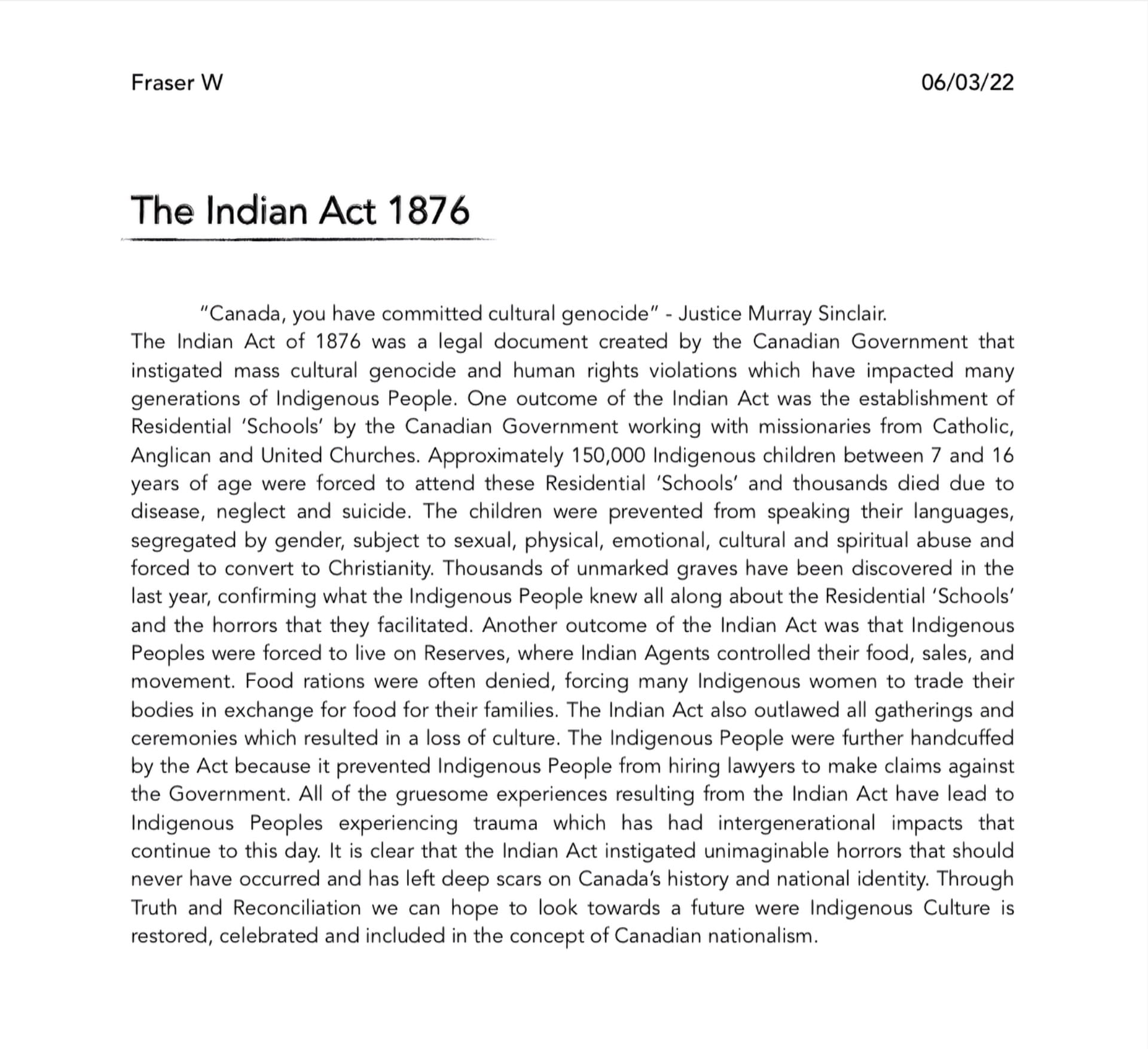This project was titled “Case for a Nation” and it was centred on Nationalism and Historical Perspective. We started this project started in February, was interrupted for a week by the Loon Lake Learning Advance, and was completed in March.
🚨 Trigger Warning! This post details information regarding Residential ‘Schools’ and the Indian Act.
Some information detailed in this post may trigger unpleasant feelings or thoughts. The Indian Residential School Survivors Society encourages you to take time to care for your Mental and Emotional well-being. Please contact The Indian Residential School Survivors Society toll-free 1 (800) 721-0066 or 24hr Crisis Line 1 (866) 925-4419 if you require further emotional support or assistance.
This project seemed to fly by, but I really enjoyed it and learned a lot!
I had the pleasure of working with Dana and Ariane to create our final product: an Instagram post on the Indian Act of 1876 containing three images and an information packed caption:
View this post on Instagram
Let’s start from the beginning of this project and work our way to the final post, but first, the answer to the driving question:
How can an understanding of nationalism of the past, help us make sense of today?
We can use our understanding of nationalism in the past and learn to prevent or promote actions today. For example, we can now understand the cultural genocide and systemic racism caused by the Indian Act, and through Truth and Reconciliation we can include Indigenous culture in our concept of Canadian nationalism.
________________
We began this project by creating a short video based on the TikTok sound “Canadian Check:”
@idossa_ Canadian check ❄️🍁#fyp #foryopage #canada #yyc ♬ ayo canadian check – kait samec
We worked in small groups to create the video which contained common Canadian stereotypes. Carter was the star of our video (click here to watch) in which he poured maple syrup on a maple leaf and ate it in front of a beaver and Canadian flag. This activity started us thinking about nationalism and identity.
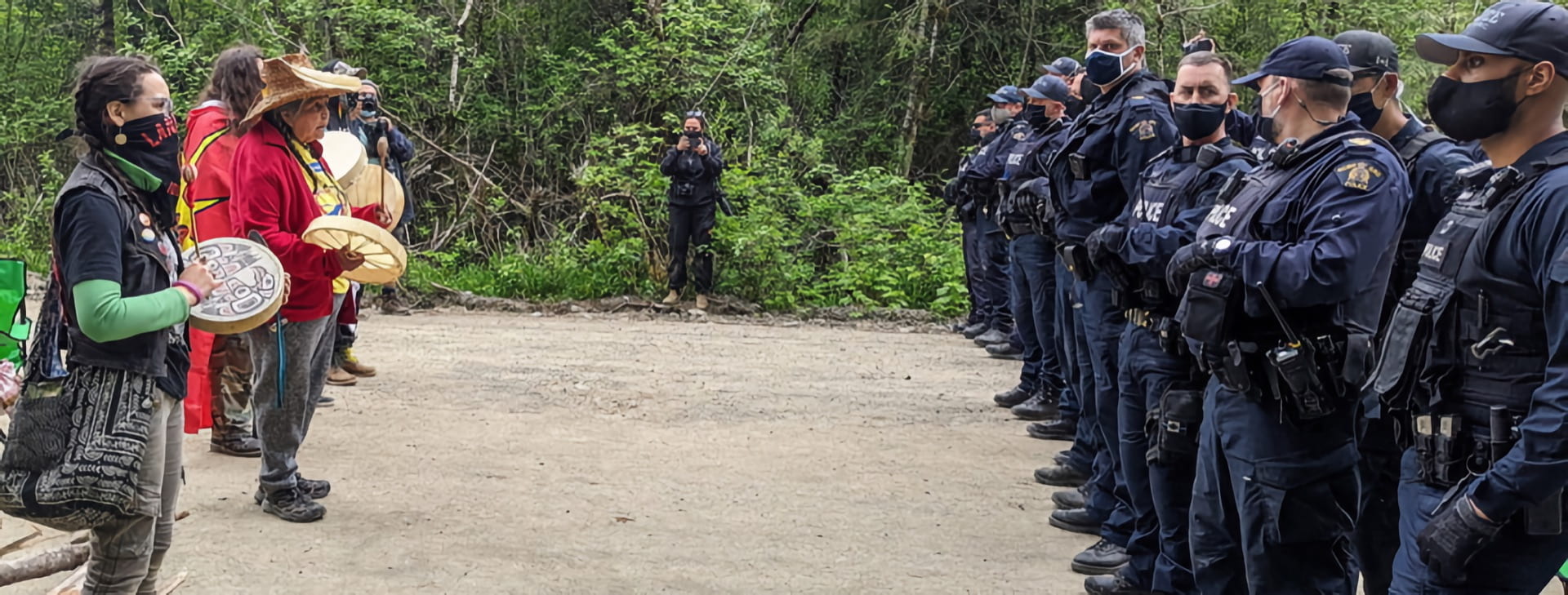
To learn about current nationalism topics, we individually researched a current event connected to nationalism. I chose the current event Ada’itsx (Fairy Creek) Logging/Blockades. We were then supposed to present our current event to our peers, unfortunately, I was away sick and never got to present, but you may read my current event write up here.
We got to partake in a simulation of Confederation, in which we worked in groups to represent our assigned part of Canada. I was assigned to West Canada with Brooke, Hannah and Noah. We then used the resources provided to us to write a list of demands for confederation. We then presented and debated these demands with the other groups. I feel that this activity helped me develop the ability to Communicate Compellingly, so that I can respectfully exchange ideas and diverse viewpoints to build shared understanding and extend thinking. In the end our group agreed to confederation. We then individually wrote a reflection on the simulation. Read mine by clicking on the thumbnail below:
________________
We then choose our topics, and were placed into groups with peers of the same chosen topic (as mentioned earlier, I was in a group with Dana and Ariane). I chose the Indian Act of 1876 because I think that is a really important part of our history and I have Nlaka’pamux First Nations ancestry, so I’m always interested in learning more about Indigenous related subjects. We worked individually to research our topics and organized them into a document (click here for my research document). Once we researched we each wrote a caption containing information about the Indian Act. Below is my individual caption:
The Indian Act was created in 1876 by the Canadian Government to assimilate the Indigenous People into Euro-Canadian society. The Indian Act instigated human rights violations and mass cultural genocide through means such as Residential ‘Schools’. The Indian Act also made it illegal for Indigenous Peoples to have ceremonies and cultural gatherings. As a result, many Indigenous People across Canada experienced intergenerational trauma and loss of culture. We can now understand the cultural genocide and systemic racism caused by the Indian Act, and through Truth and Reconciliation we can include Indigenous culture in our concept of Canadian nationalism. #canadianhistory #indianact #truthandreconcilliation
Then we worked together to combine our captions into one final information-packed caption:
The Indian Act was created in 1876 by the Canadian Government to assimilate the Indigenous People into Euro-Canadian society. The Canadian Government saw the Indigenous Peoples in the way of creating their own nationalistic identity. The Act instigated human rights violations and mass cultural genocide through means such as Residential ‘Schools’. This Act also made it illegal for Indigenous Peoples to have ceremonies and cultural gatherings. Many Indigenous People across Canada experienced intergenerational trauma and loss of culture. We can now understand the cultural genocide and systemic racism caused by the Indian Act, and through Truth and Reconciliation we can include Indigenous culture in our concept of Canadian nationalism. #canadianhistory #indianact #TruthandReconcilliation #canadiannationalsim #canadianidentiy
Once we researched and wrote our captions we each created three images: a drawn on image, a quote, and an image of choice. For my choice image I created an image with a Cree proverb and the text “Namwayut: We are all one.” Here are my three images:
Then we as a group decided on which images to use. We decided on my drawn on image, Dana’s quote image and Ariane’s animation.
For my drawn on image, I put John A. Macdonald in the window with a red slash across his face and glowing eyes to symbolize the horrors, trauma and mass cultural genocide he instigated. The nuns are also covered in red and have glowing eyes to symbolize the horrific sexual, physical, emotional, cultural, and spiritually abuse they inflicted on the Indigenous Children and their role in causing cultural genocide. The cedar, feathers and fire represent the culture that was lost.
Here are the final three images:
With that done, we had completed the Instagram post and caption. They were then uploaded to this project’s Instagram. Here’s our post:
View this post on Instagram
Finally we each wrote an individual “Opinion Piece” paragraph on our topics. I started my paragraph with a quote from Justice Murray Sinclair (the chair for the Truth and Reconciliation Commission) from a video I found while researching:
I think this assignment helped with the curricular competency “Take Historical Perspective: I can infer and explain different perspectives on past and present people, issues, or events by considering prevailing norms, values, and beliefs.” Here’s my Opinion paragraph supported with facts, click the thumbnail to open:
I really enjoyed this project, I feel that my knowledge on the Indian Act and Residential ‘Schools’ expanded a lot over the course of this project.
Sidenote: if you’re wondering why I put these ‘’ around Residential ‘Schools’ it’s because they were more tools of assimilation than schools – and no school has unmarked children graves on it’s land.
I look forward to learning more about Indigenous related history in the future.
Thanks for reading, I hope you learned something new about the Indian Act and it’s horrific history. Thanks for reading! 👋
The Indian Residential School Survivors Society encourages you to take time to care for your Mental and Emotional well-being. Please contact The Indian Residential School Survivors Society toll-free 1 (800) 721-0066 or 24hr Crisis Line 1 (866) 925-4419 if you require further emotional support or assistance.


